
Commonly, an archaeological monument or series of monuments is identified but little is known about the surrounding areas and, in particular, the palaeo-landscapes within which the monuments are located. This situation is exemplified by the standing…
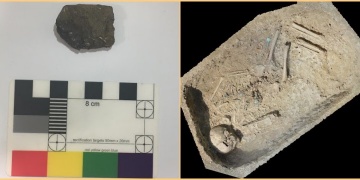
Was the birch bark tar continuity of tradition or technological revival? Scientists from the University of Bristol and the British Museum, in collaboration with Oxford Archaeology East and Canterbury Archaeological Trust, have, for the first time,…
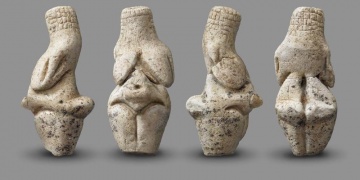
Discovered in 2011, during an Inrap diagnostic operation, the site of Amiens-Renancourt 1 has been under full excavation since 2014. During the 2019 season, an exceptional Gravettian “Venus,” some 23,000-years-old, was discovered.
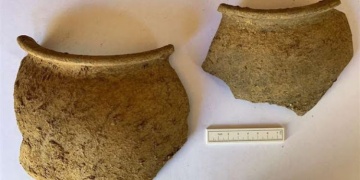
Remains of Anglo Saxon woman and jewels discovered at university campus in Canterbury
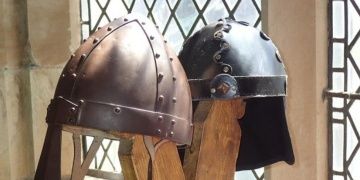
Viking migrations occurred following a 300-year period of population decrease in Ireland. This new, data-driven synthesis of the archaeological record contrasts with previous accounts of early medieval Ireland as a period of ever-growing expansion…
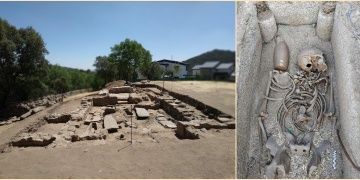
In contrast to other known rural churches, the tombs had not been plundered, but were in an excellent state of preservation, and an unaltered and perfectly recorded stratigraphy of occupation of the nave has been documented that allows the original…
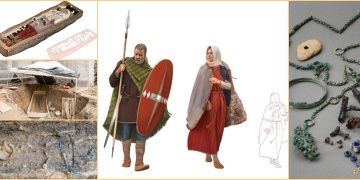
Finds from Celtic grave found in Zurich analyzed. The now completed interdisciplinary evaluation of the archaeology department of the city of Zurich paints a fairly accurate picture of the deceased.
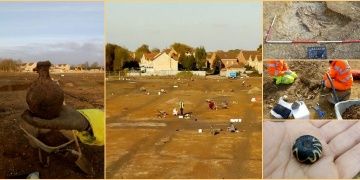
Following the Roman conquest, it appears that the British people living at this settlement were early adopters of Roman pottery.

Prehistoric stone engraved with horses found in France. Markings appear on both sides of the sandstone, the National Archaeological Research Institute said.

Using computer simulations to discover where Neanderthals lived. Archaeologist Fulco Sherjon has used computer simulations to identify where and how Neanderthals lived in West Europe. What stood out was that they probably had lots of children and…
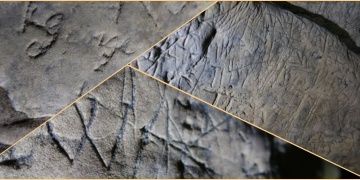
Protection marks are most commonly found in medieval churches and houses, near the entrance points, particularly doorways, windows and fireplaces.
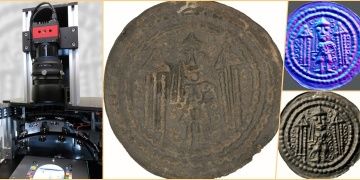
Facial recognition for coins: The novel scanner O.S.C.A.R., short for Optical System for Coin Analysis and Recognition, not only scans coins' visual features but also the minutest signs of wear such as scratching, clipping, contours, edges, pitting…
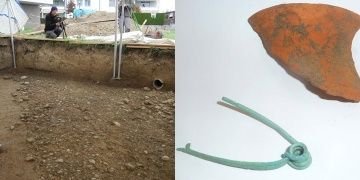
Swiss archaeologists uncover rare Celtic remains
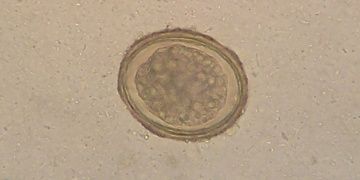
Molecular archaeoparasitology identifies cultural changes in the Medieval Hanseatic trading centre of Lübeck




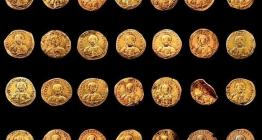



















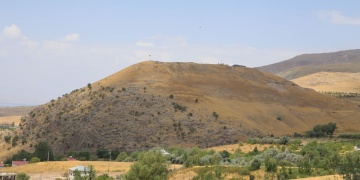 Ayanis Kalesi'ndeki Haldi Tapınağı'nın Sırrı Araştırılıyor
Ayanis Kalesi'ndeki Haldi Tapınağı'nın Sırrı Araştırılıyor 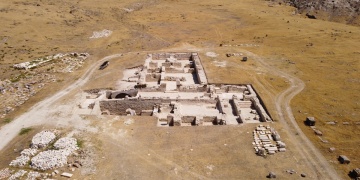 Tripolis Antik Kenti Kazılarında Yeni Bir Villa Ortaya Çıkartıldı
Tripolis Antik Kenti Kazılarında Yeni Bir Villa Ortaya Çıkartıldı 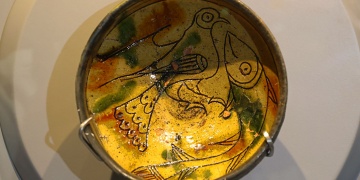 Trabzon Kalesi'nde Bulunan Güvercin ve Balık Figürlü Seramik Müzede Sergileniyor
Trabzon Kalesi'nde Bulunan Güvercin ve Balık Figürlü Seramik Müzede Sergileniyor 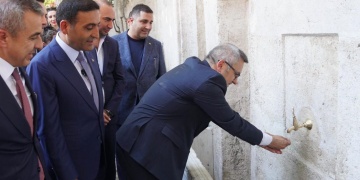 Beyoğlu'ndaki 17 Tarihi Çeşmeden de Su Akıyor
Beyoğlu'ndaki 17 Tarihi Çeşmeden de Su Akıyor 

